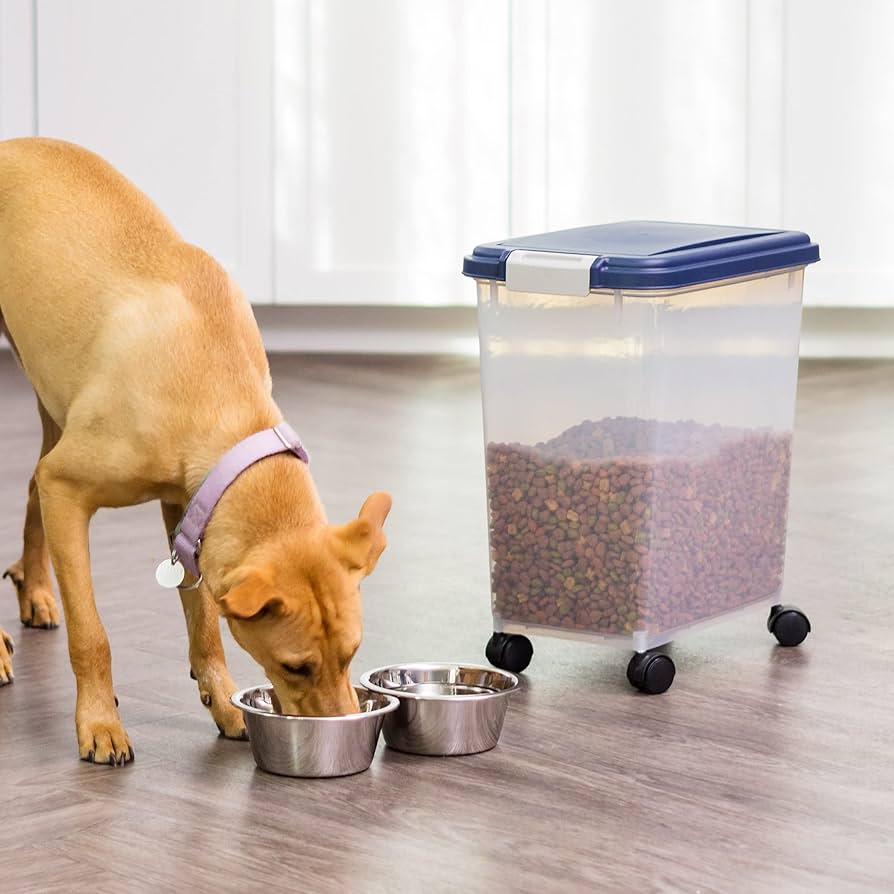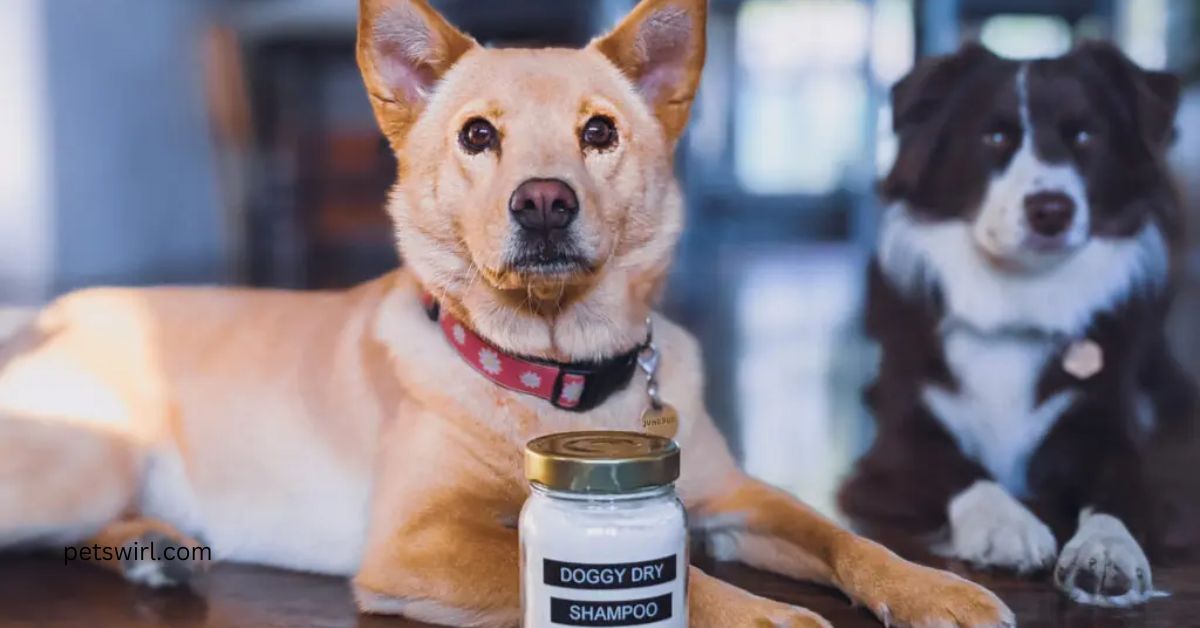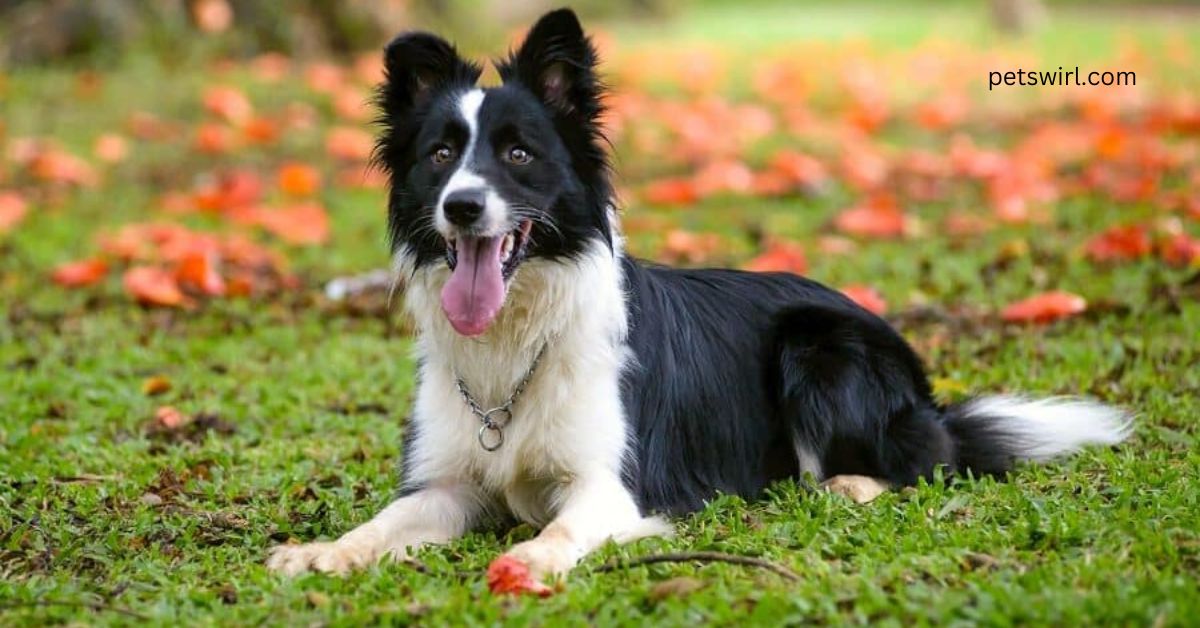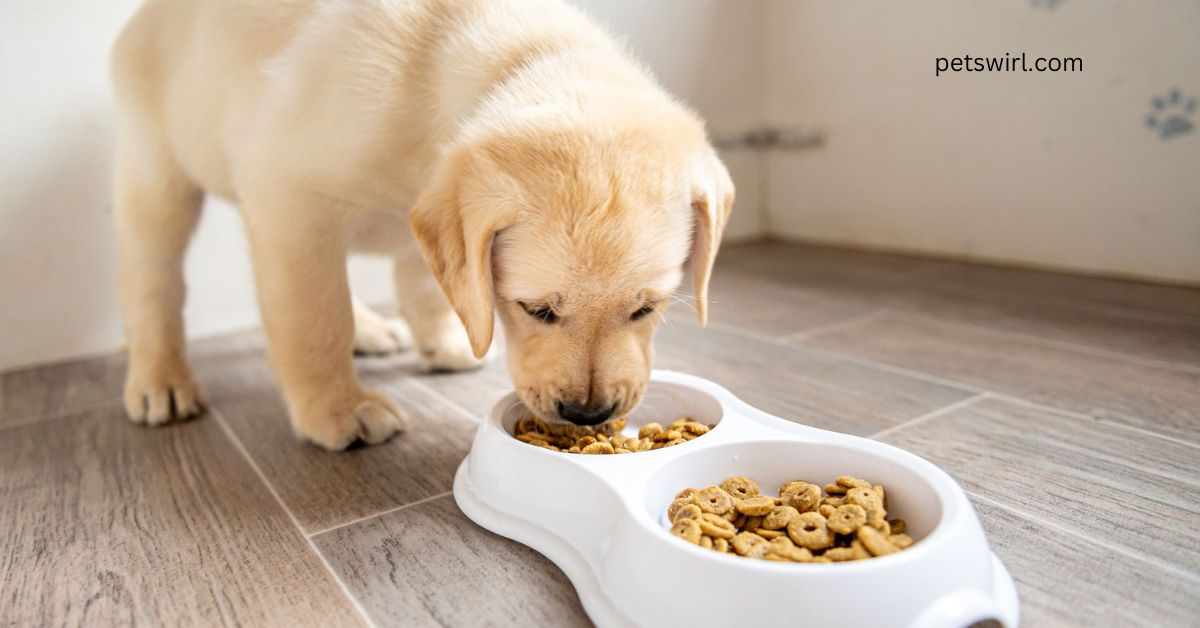When it comes to maintaining the quality of your dog’s food, proper storage is essential. A dog food storage container plays a vital role in preserving freshness, preventing spoilage, and ensuring your furry friend enjoys their meals to the fullest. In this comprehensive guide, we will explore the various aspects of dog food storage containers, including their types, benefits, and best practices for usage.
Understanding Dog Food Storage Containers
Dog food storage containers are designed specifically to keep your pet’s food fresh and safe. They come in various shapes, sizes, and materials, ensuring that pet owners can find the right option for their needs. Choosing the right dog food storage container can make a significant difference in the longevity and quality of your dog’s food.
The Importance of Proper Dog Food Storage
Using a suitable dog food storage container is crucial for several reasons:
- Freshness Preservation: Exposure to air and moisture can lead to the deterioration of dog food. A good storage container keeps out air and moisture, ensuring the food remains fresh for a longer time.
- Pest Prevention: Storing dog food in a sealed container prevents pests, such as insects and rodents, from accessing your pet’s food. This not only protects the food but also maintains hygiene in your home.
- Odor Control: Dog food can emit odors that may attract pests or become unpleasant in your home. A dog food storage container minimizes these odors, keeping your living space fresh.
- Easy Organization: A designated storage container allows for easy organization of your pet’s food, making it convenient for you to feed your dog.

Types of Dog Food Storage Containers
When selecting a dog food storage container, you will encounter various types to choose from. Here are some popular options:
1. Airtight Containers
Airtight containers are designed to create a seal that keeps air out. This feature is crucial for maintaining the freshness of your dog’s food. Look for options made of durable materials, such as BPA-free plastic or stainless steel, to ensure safety.
2. Food Storage Bins
Food storage bins are larger containers that can hold significant quantities of dog food. These bins are ideal for multi-dog households or for pet owners who prefer buying dog food in bulk. Many food storage bins come with wheels for easy mobility.
3. Plastic Storage Containers
Plastic storage containers are lightweight and often more affordable than other options. However, it’s important to choose high-quality plastic that is safe for storing pet food. Ensure the container has a secure lid to keep food fresh.
4. Glass Containers
Glass containers offer a stylish and durable option for dog food storage. They are easy to clean and do not retain odors. However, they can be heavier and more fragile than other materials, so handle them with care.
5. Collapsible Containers
For pet owners with limited space, collapsible containers can be a practical choice. These containers can be flattened for easy storage when not in use, making them a versatile option for various situations.
Benefits of Using a Dog Food Storage Container
Investing in a high-quality dog food storage container comes with numerous benefits, including:
1. Extended Shelf Life
Properly sealed dog food storage containers can significantly extend the shelf life of your pet’s food. By minimizing exposure to air and moisture, these containers help prevent spoilage and maintain nutritional value.
2. Cost-Effectiveness
Buying dog food in bulk is often more economical. However, without proper storage, bulk purchases can lead to spoilage and waste. A dog food storage container allows you to take advantage of bulk buying while ensuring the food remains fresh.
3. Convenience
With a designated dog food storage container, feeding your pet becomes a hassle-free task. No more wrestling with bags or struggling to find where you’ve stored the food. Simply open the container, scoop out the desired amount, and serve.
4. Hygiene
Keeping your dog’s food in a dedicated storage container helps maintain cleanliness in your home. It prevents contamination from other household items and keeps your pet’s food area organized and tidy.
Tips for Choosing the Right Dog Food Storage Container
When selecting a dog food storage container, consider the following factors:
1. Size
Choose a size that accommodates your dog’s food quantity. If you have multiple pets or prefer buying in bulk, opt for a larger container.
2. Material
Select a container made from safe, non-toxic materials. Look for options that are easy to clean and resistant to odors.
3. Seal Quality
Ensure the container has a secure, airtight seal to effectively keep out air and moisture.
4. Portability
Consider whether you need a portable container. If you frequently travel with your pet or need to move the container around your home, a lightweight or wheeled option may be beneficial.
5. Design
While functionality is essential, you may also want to consider the aesthetic appeal of the container. Choose a design that complements your home decor.
How to Store Dog Food Properly
Proper storage of your dog’s food is essential for maintaining its quality. Here are some best practices for using your dog food storage container:
1. Transfer Food Immediately
When you bring home a new bag of dog food, transfer it to the storage container right away. This minimizes the time it spends in its original packaging, which may not be airtight.
2. Keep It Clean
Regularly clean your dog food storage container to prevent the buildup of residue or odors. Use warm, soapy water and ensure it is completely dry before refilling.
3. Store in a Cool, Dry Place
Keep your dog food storage container in a cool, dry area of your home. Avoid exposure to direct sunlight or heat sources, as these can degrade the quality of the food.
4. Use a Scoop
To prevent contamination, use a dedicated scoop to serve your dog’s food. This keeps the food clean and reduces the risk of introducing bacteria.
5. Monitor Expiration Dates
Be mindful of the expiration dates on your dog food. Rotate older food to the front of the container and use it before newer purchases.

Popular Dog Food Storage Containers
Several brands and products stand out in the market for dog food storage. Here are a few highly recommended options:
1. Iris Airtight Pet Food Container
The Iris Airtight Pet Food Container features a durable, BPA-free plastic construction and an airtight seal. Its clear design allows you to easily monitor food levels, while the rolling wheels make it convenient to move.
2. Pawsitively Posh Pet Food Storage Bin
This elegant storage bin is made from high-quality materials and boasts a stylish design. Its airtight lid ensures that your dog’s food stays fresh while adding a touch of class to your pet’s feeding area.
3. Van Ness Pets Food Container
Made from durable plastic, the Van Ness Pets Food Container has a snap-lock lid that keeps food fresh and secure. Its stackable design allows for space-efficient storage.
4. Gamma2 Vittles Vault
The Gamma2 Vittles Vault is designed to keep your dog’s food fresh with an airtight seal. The container is made from food-grade plastic and is available in multiple sizes to suit different needs.
5. PetFusion Ultimate Dog Food Container
The PetFusion Ultimate Dog Food Container is a stylish and functional option. It features an airtight seal, a measuring cup, and a sleek design that fits seamlessly into your home.
Conclusion
Choosing the right dog food storage container is essential for maintaining the freshness and quality of your pet’s food. With various options available, consider factors such as size, material, and design when making your selection. By investing in a high-quality storage container, you ensure that your dog enjoys nutritious meals every day.
Using a dog food storage container not only preserves the quality of the food but also adds convenience to your pet care routine. With the right practices in place, you can keep your dog’s food fresh and safe, providing peace of mind for both you and your furry friend.
In conclusion, a well-chosen dog food storage container is an investment in your dog’s health and happiness. By following the guidelines outlined in this article, you can make informed decisions that benefit both you and your beloved pet.
Also read: Can Dogs Eat Shrimp? A Comprehensive Guide





